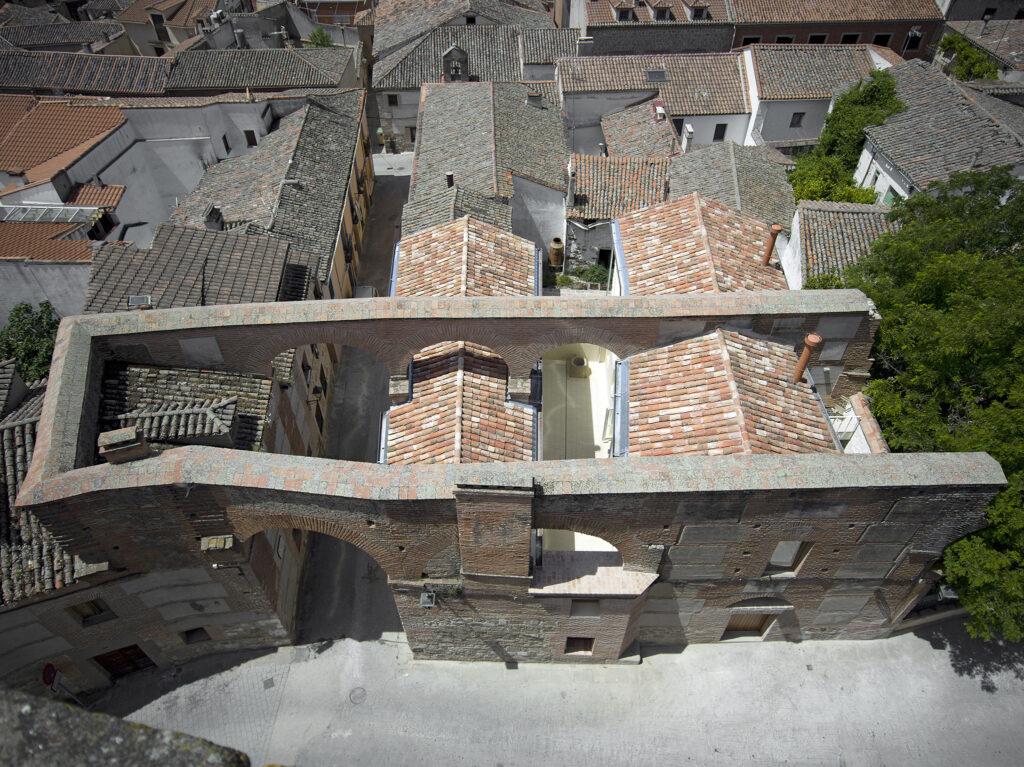The architecture office, led by Ángela García de Paredes (member of the BigMat International Architecture Award Jury of 2023) and Ignacio Pedrosa, have been awarded with the highest recognition in Spain for their contributions to the social, technological and sustainable contributions to Spanish architecture.
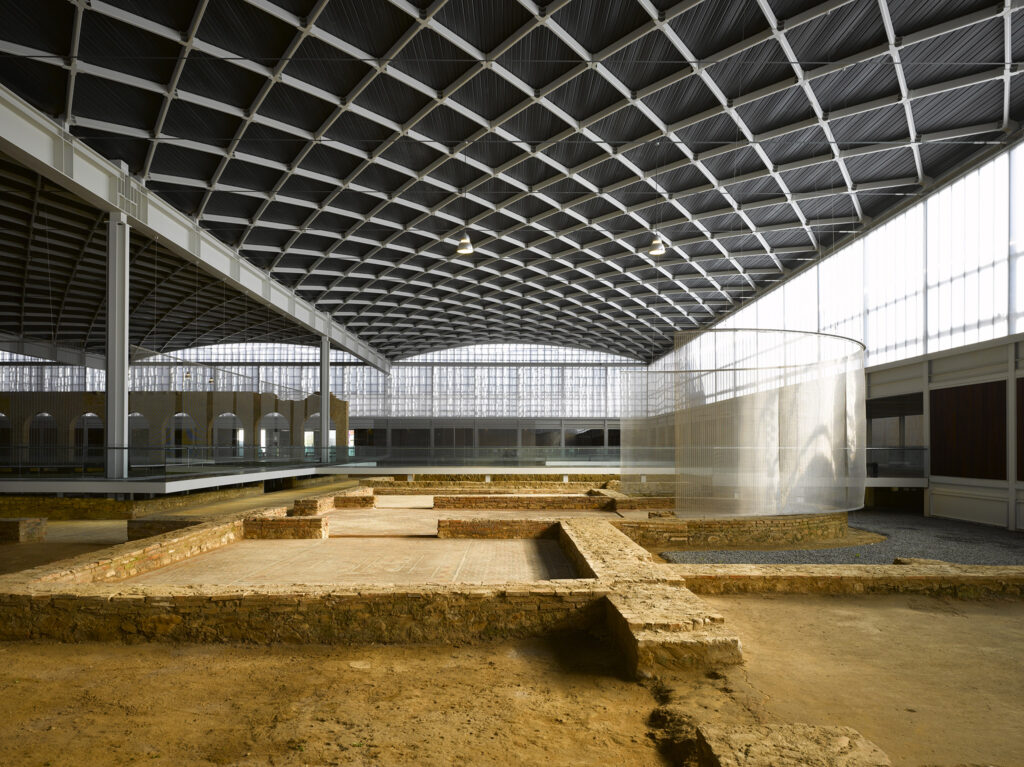
In proposing the award, given by the Spanish Ministry of Housing and Urban Agenda (MIVAU), the jury unanimously highlights the active and versatile contribution of García de Paredes and García Pedrosa to architecture, with an undeniable sense of generosity towards the profession and all related disciplines. Their work, spread across Spain, has had a strong transformative impact and has contributed to the regeneration of the national cultural fabric. Throughout their career, they have carried out ongoing academic and research activity, as well as curatorial work, which has contributed greatly to the visibility and dissemination of Spanish architecture.

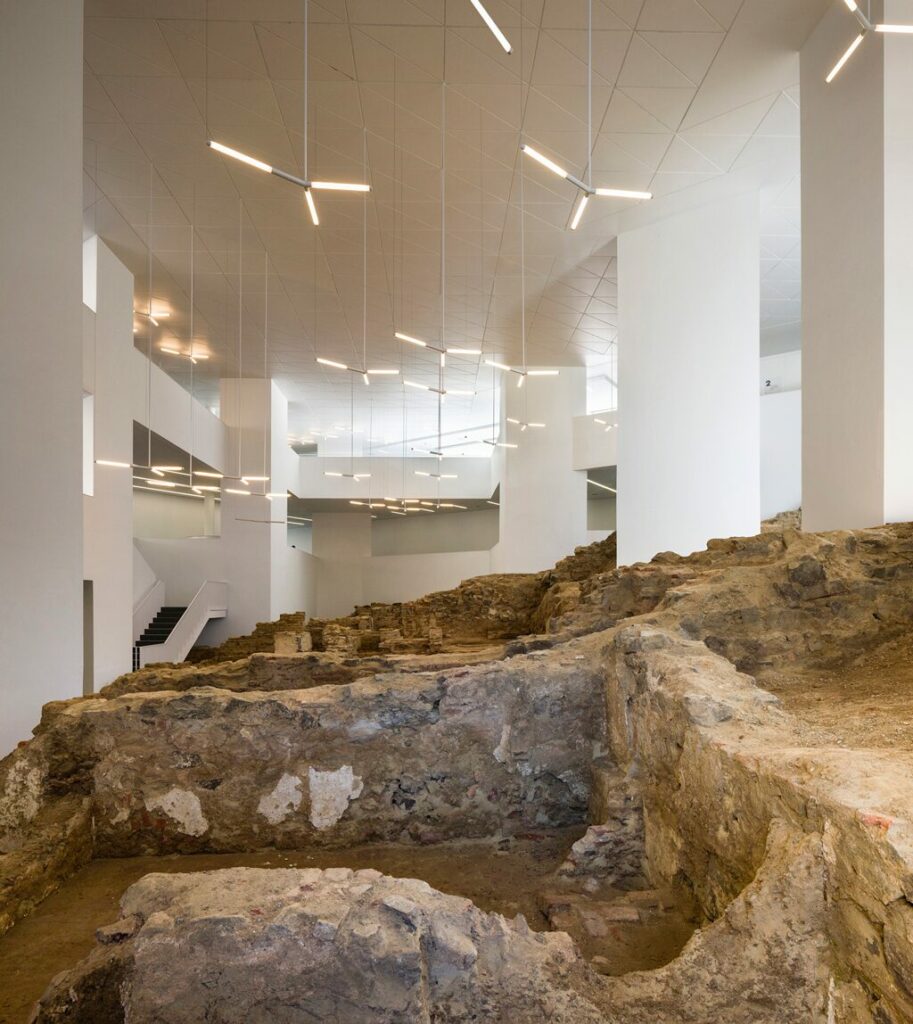
Biography of the Awardees
Ángela García de Paredes (Madrid, 1958) and Ignacio García Pedrosa (Madrid, 1957) founded the studio Paredes Pedrosa Arquitectos in Madrid in 1990, where they combine their work as architects with teaching, critical, and research activities, primarily at the School of Architecture in Madrid.
Both were trained under the guidance of José María García de Paredes, a renowned Spanish architect who directly connects them to a generation of architects who built modernity in Spain with limited resources, technical knowledge, and a strong sense of social responsibility in their architectural practice.
In his office they worked on buildings for music and theater, such as the reconstruction of the Manuel de Falla Auditorium in Granada (1987), the National Auditorium of Music in Madrid (1988), and the Palau de la Música in Valencia (1987), as well as being involved in specially significant projects, such as the installation of Picasso’s Guernica upon its arrival in Spain in 1981, and in competitions for housing and cultural buildings organized by public administrations during the years when public support for architecture transformed the cultural life of Spain.

In 1990, alongside the ongoing projects and constructions of JMGP, and with the experience gained from a decade of work in design and construction, they launched their own professional practice, starting with the Europan II competitions (1991) and the Valdemaqueda Town Hall (1993-1998), winning first prizes and international recognition as emerging architects, such as the AREA Award (1999). Since then, they have participated in over a hundred public competitions, winning 22 first prizes, which have resulted in their built work, as well as 22 other awards and mentions.
The uniqueness of their work, carried out for the public administration with personal dedication, can be explained by their training at JMGP’s architectural office, where they underwent continuous work in which tradition and modernity, attention to history, and links to other artistic disciplines, including music, were key learning guides. Their work has been recognized with the Gold Medal for Merit in Fine Arts (2014), awarded by the Spanish Government, and the Spanish Architecture Prize CSCAE (2007).


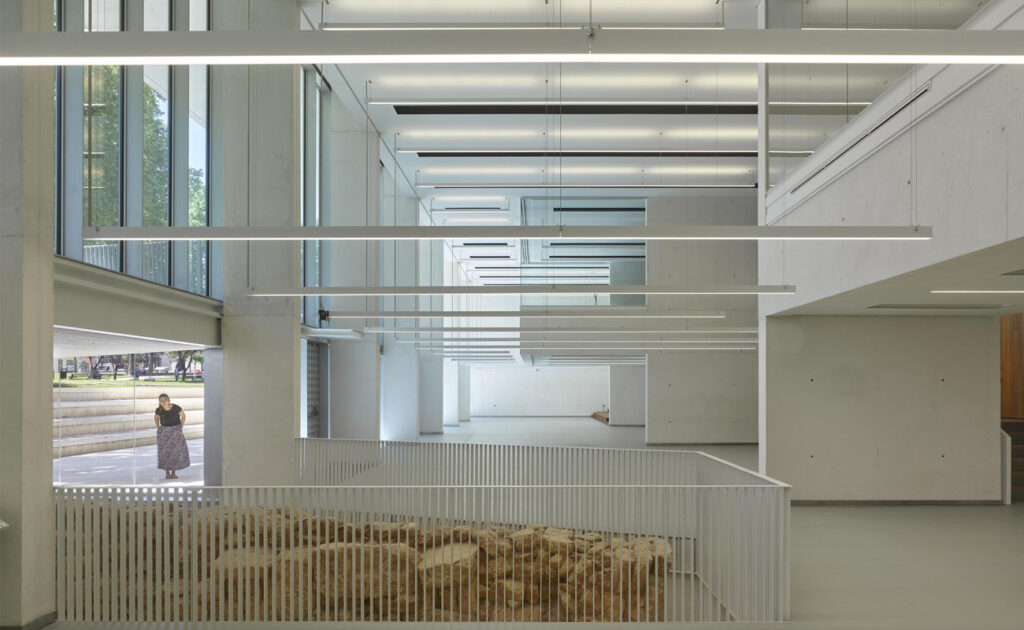

The work of Paredes Pedrosa Arquitectos in heritage intervention includes projects such as the historical building of the Bank of Spain, awarded at the Spanish Architecture Biennial 2018; the Roman Villa of La Olmeda, which received the Eduardo Torroja Architecture and Engineering Award in 2016; the Ceuta Library, which incorporates a Merinid archaeological site, a finalist for the Aga Khan Award in 2016; the Torner Space in the Church of San Pablo in Cuenca, which received a Special Mention from Europa Nostra in 2008; and the Córdoba Library, which integrates a Caliphate-era wall, awarded the International Architecture B. Cappochin Prize in 2022. Current projects include the City of Justice in Jaén, which integrates a Neolithic archaeological site, and the Visigoth Museum in Mérida, which incorporates Roman and Caliphate-era excavations.
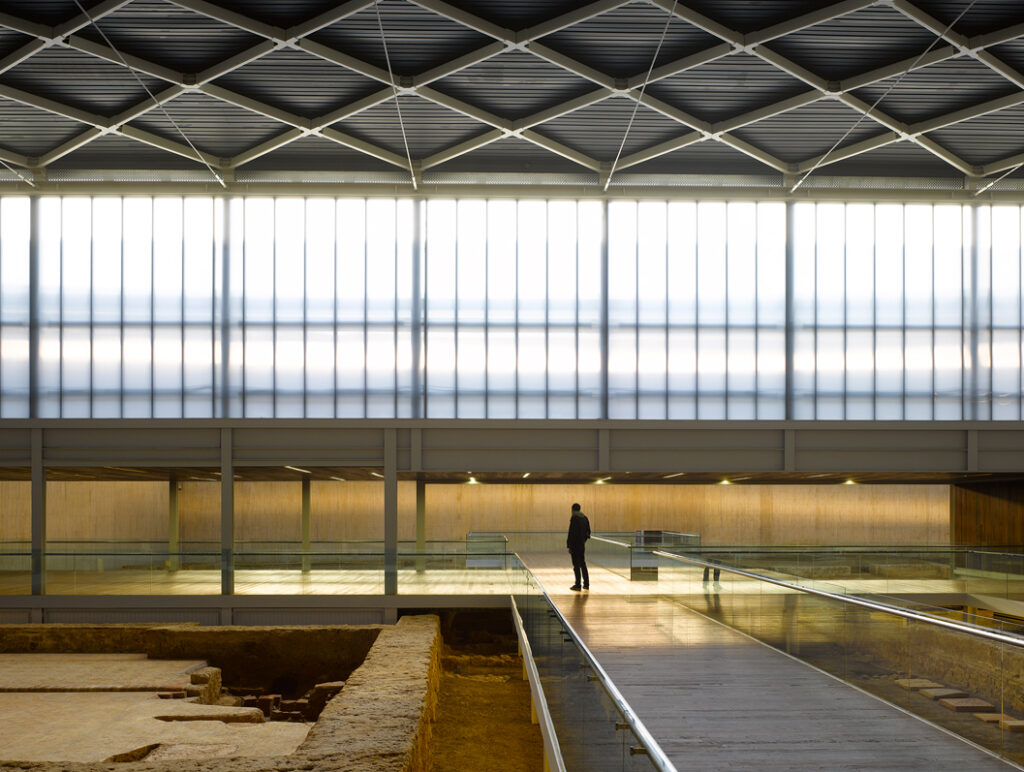
They curated the exhibition Architecture for Music at the Spanish Pavilion at the 6th International Architecture Biennale in Venice (1996), as well as the Ibero-American Biennials of Architecture and Urbanism in Cádiz (2012) and São Paulo (2016).
Their teaching in Architectural Design, understood as a practical activity where reflection and research are essential alongside its practice, is carried out by Ignacio García Pedrosa at the ETSAM since 1995, and by Ángela García de Paredes at the ETSAM since 2007, as well as at the ESARQ UIC (2001-2005). Their international teaching, by invitation, focuses on the theory and practice of architectural design. They have taught at the IUAV in Venice (2013, 2015, 2017, 2019, 2020, 2021) and have given courses and lectures at both national and international universities.
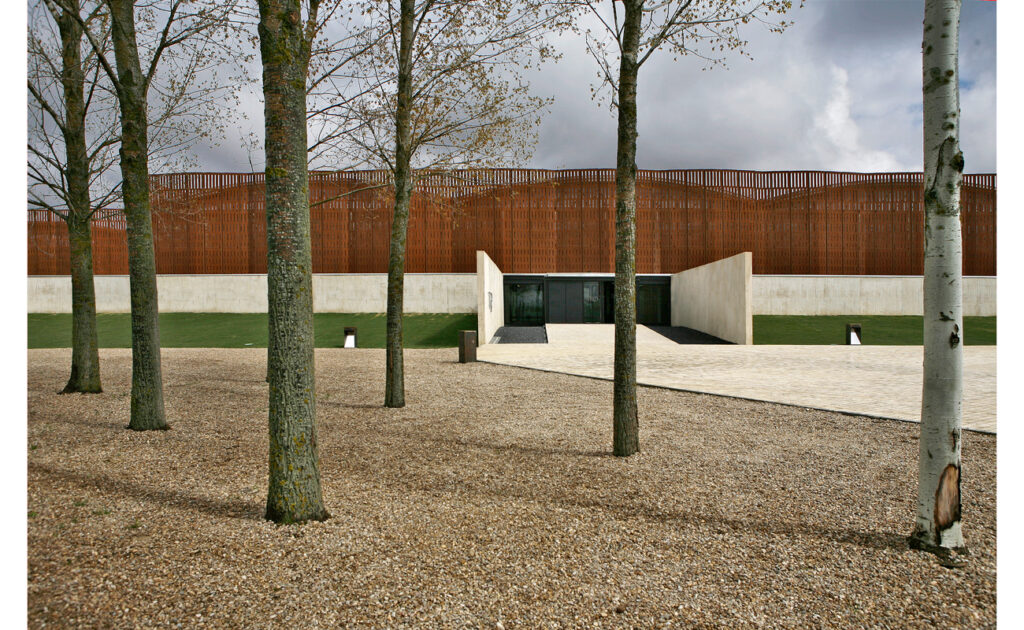
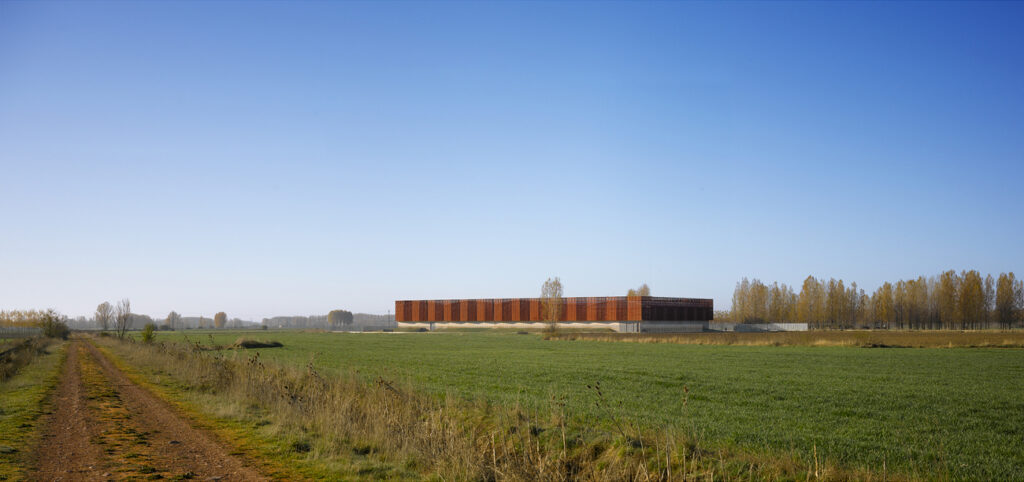
The nomination, presented by an organization dependent to the Spanish Ministry of Culture, was selected by the Jury during their meeting on Thursday, November 7th, later being communicated to the Minister of Housing and Urban Agenda, Isabel Rodríguez, who shared the news with the awardees, after which the prize will be formally granted by Ministerial Order. The National Architecture Prize, worth €60,000 based on a proposal from a jury composed of prominent professionals from the Spanish architecture scene.
The jury, chaired by Iñaqui Carnicero, Secretary General of Urban Agenda, Housing, and Architecture, was made up of: Carme Pinós i Desplat, winner of the 2021 National Architecture Prize; Emilio Tuñón Álvarez, winner of the 2022 National Architecture Prize as well as the 2013 Spanish National Prize of the BigMat International Architecture Award; Estrella de Diego Otero, Luis Alemany, José Antonio Sosa Díaz-Saavedra, Elisa Valero Ramos, Antón García-Abril; and Maite Verdú Martínez, Director General of Urban Agenda and Architecture, and Elena Calama Martín, Deputy Director General of Architecture and Building.
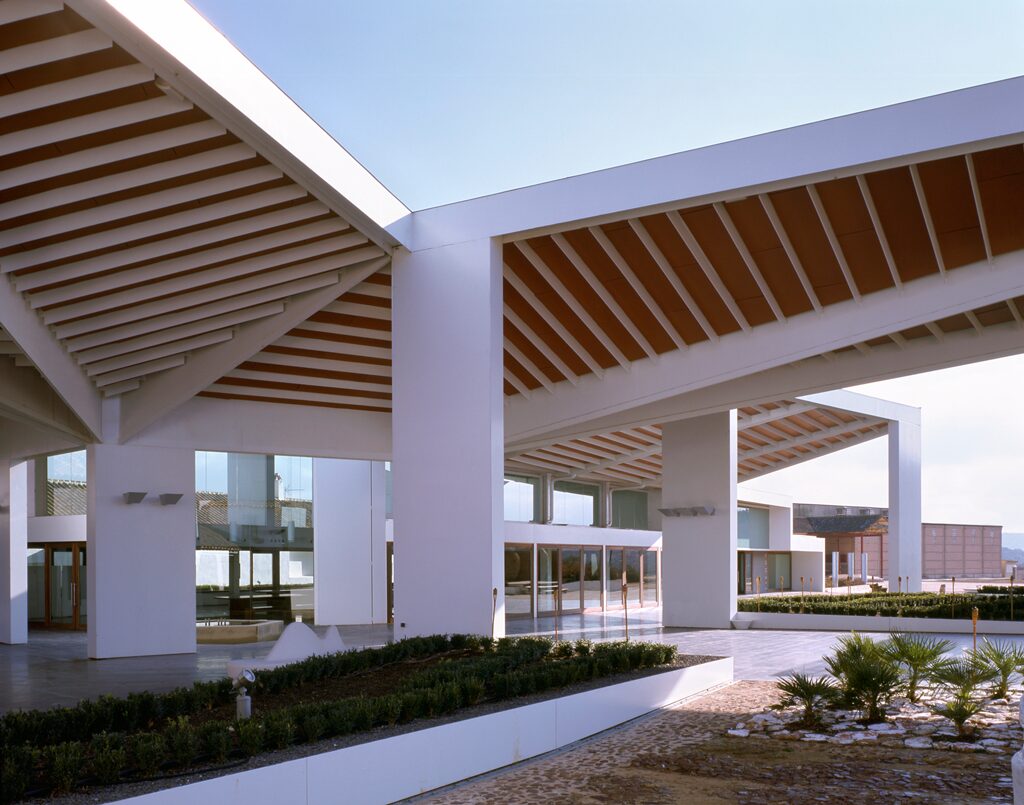
Ángela García de Paredes began the organization and cataloging of the archive of José María García de Paredes in 1990, preparing two monographs published by the Architecture Associations of Málaga and Seville. Later, her doctoral thesis, José María García de Paredes, Ideology of a Work received the Extraordinary Prize from the Polytechnic University of Madrid (2016). Her work of García de Paredes culminated in the donation of the JMGP Archive to the Museo Nacional Centro de Arte Reina Sofía in 2021, its cataloging for public consultation, and the curatorship of the exhibition José María García de Paredes, Spaces of Encounter at the ICO Museum in 2024. The exhibition highlighted a lesser-known period of Spanish architecture, its cross-disciplinary nature, and its international reach.
Ángela was also appointed as a member for the Spanish Jury in the BigMat International Architecture Award 2023.
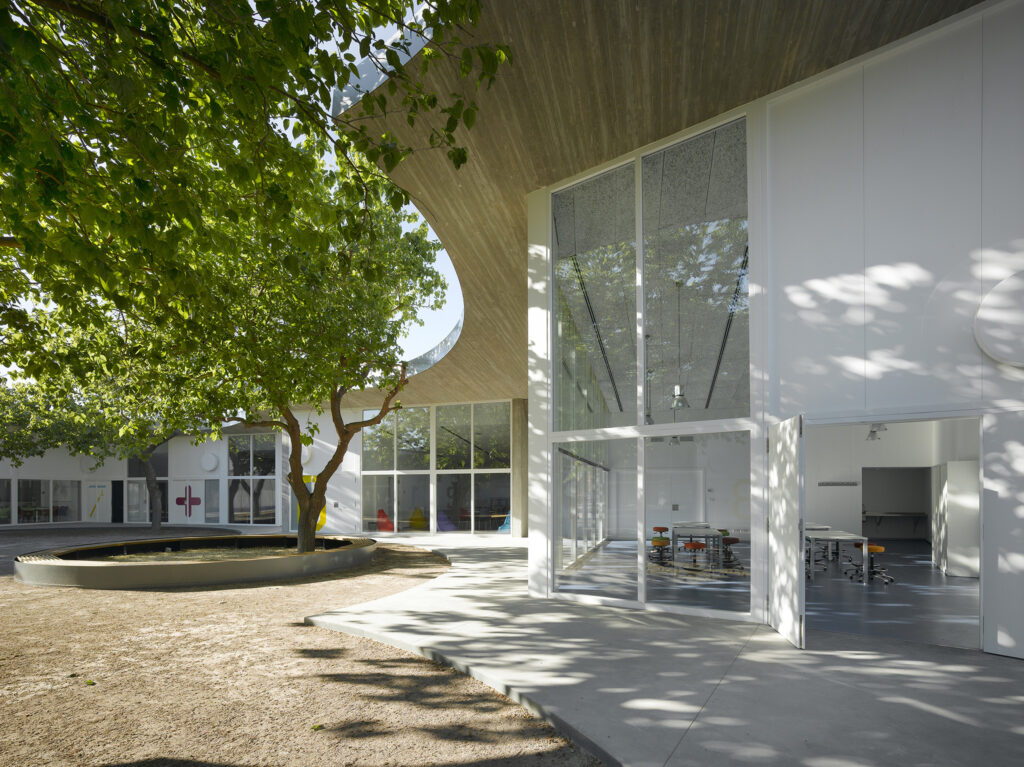
Ignacio García Pedrosa, alongside José María García de Paredes, is co-author of the National Auditorium of Ordino in Andorra (1985-1991), the Theatre at the Hoz del Huécar in Cuenca (1984-1993), and the Congress Center and Auditorium of Murcia (1987-1994), overseeing their construction. He also worked on the competitions for the Palacio de Festivales in Santander (1984), the Maestranza de Artillería in Seville (1986), the Opera House in Seville (1987), and the Ministries in Mérida (1989). After 1990, the Congress Palace in Peñíscola (2003), the Valle Inclán Theatre in Madrid (2005), and the Auditorium of Lugo (2016), completed with Ángela García de Paredes, further developed this theoretical-practical research line. His research on auditoriums has been documented in his doctoral thesis Auditorium: A Typology of the 20th Century, which won the Extraordinary Prize from the Polytechnic University of Madrid (2016).
